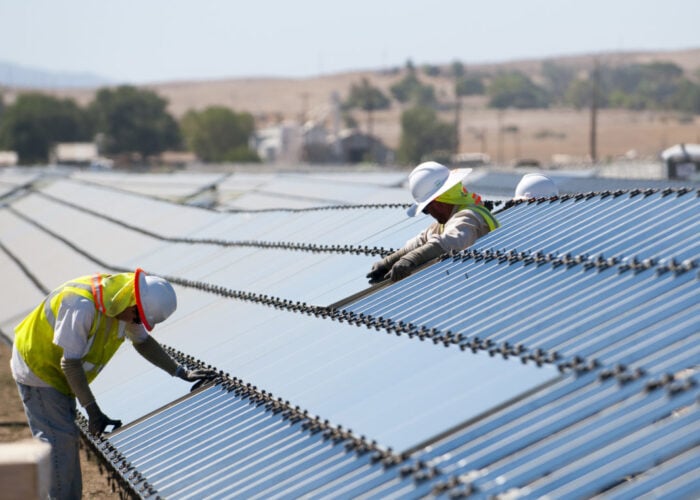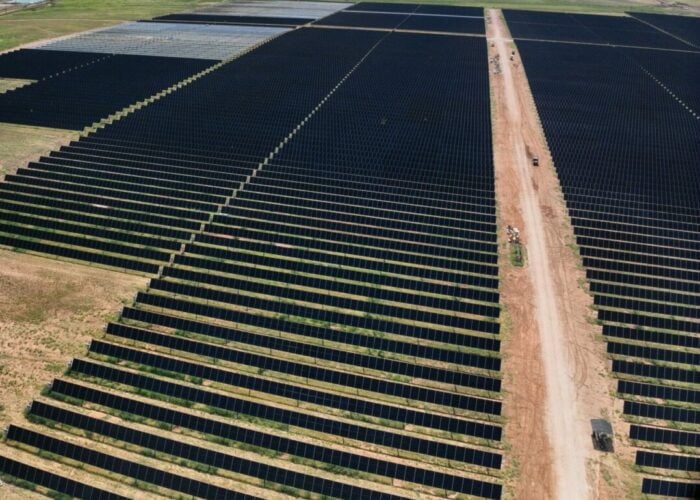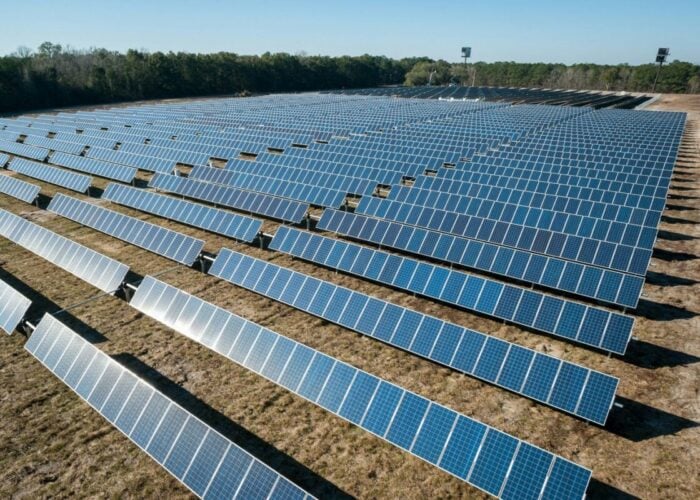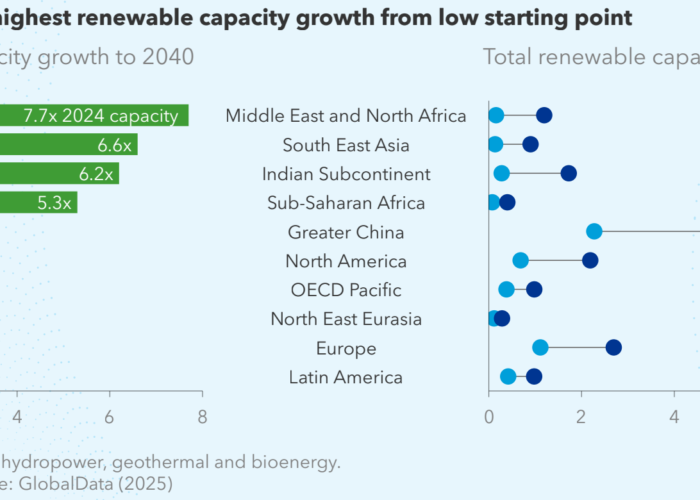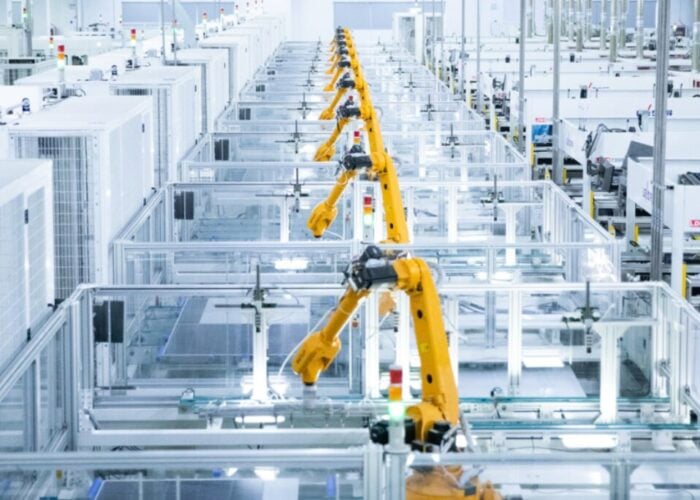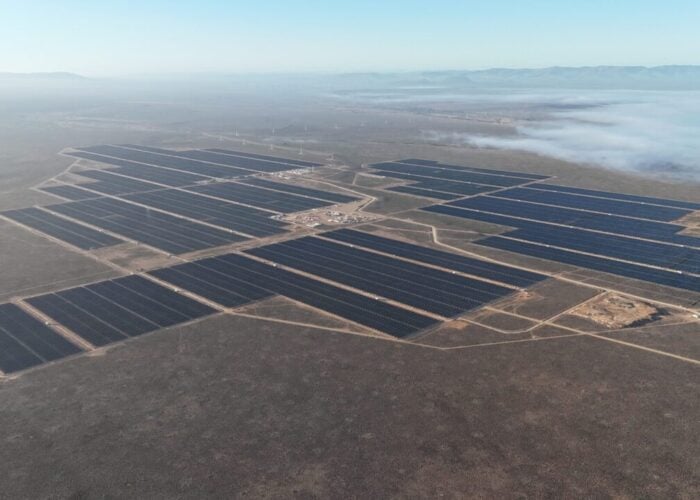SolarCity's US$350 million deal for module manufacturer Silevo was gobbled up by the mainstream press. The prominance of SolarCity's president Elon Musk during the announcement brought added interest. The buy was described as an effort to make SolarCity “the Apple of solar”, it was “bold”, “grand”, “revolutionary”, it even “answered the Siren Song of panel manufacturing”. Finlay Colville, vice president of NPD Solarbuzz tells PV Tech why the immediate impact of the deal is far less significant than many profess, even if it could turn out to make good busienss sense.
Elon Musk was front and centre for this announcement, he has deep pockets and a tendency toward making big plans. Is this a sound business decision for SolarCity or a headline grabbing vanity project for Mr Musk?
Try Premium for just $1
- Full premium access for the first month at only $1
- Converts to an annual rate after 30 days unless cancelled
- Cancel anytime during the trial period
Premium Benefits
- Expert industry analysis and interviews
- Digital access to PV Tech Power journal
- Exclusive event discounts
Or get the full Premium subscription right away
Or continue reading this article for free
At first hearing, it was hard not to draw analogies with the shattered gigawatt dreams of so many before that have assumed scale of manufacturing in PV is the silver bullet in technology qualification and cost competitiveness.
Whatever the fanfare, whoever the proponent and irrespective of the platform used for the announcements, we come back to one simple question: does this technology actually work in a commercial environment? On that, currently, we have no data points: nor should we, given Silevo’s somewhat stealth-like existence since 2007.
SolarCity is guiding 0.5GW of installs this year – is a 1GW+ fab overkill or a sign of their confidence in the market?
Again, these are really two separate and totally independent issues. There are plenty of viable business models in the PV industry that do not rely upon scaling R&D concepts to the gigawatt level within 2-3 years. SolarCity’s model until now has relied in part on solar panels being a commodity product that can be installed quickly at minimal risk to the system host. The one thing that is true is that SolarCity needs solar panels to meet any installation targets. But for that, anything that happens at Silevo is probably just one of many options or scenarios on the table.
Is a 10GW fab a realistic proposition?
The solar industry is littered with companies that have cited scale, often with non-technical drivers behind the claims or aspirations. Nanosolar and Konarka were in the previous wave of US-based culprits. For several years, Hanergy has championed having multi-gigawatt fabs. Various groups within the Middle East have been teasing the world with gigawatt fabs located there. And we also even have a new European research-led consortium vocalising the gigawatt mantra again as a solution to revitalising the scientific community in the EU.
For now, it is far more important if a 100MW Silevo fab can work – not if a 1GW or 10GW fab has legs. And also, it should be noted that there is no standard tooling to do this type of cell technology. Any gigawatt worth of capacity may still be based on a selection of 30-40MW throughput tools used for the first time in production. SunPower’s ability to scale high-efficiency cells is as much about learning the process over 20 years as it is about developing the tool specifications to enable this in a commercial setting.
But the gigawatt or 10GW discussion is really a diversion from the real issues.
Are Silevo’s products a good fit for SolarCity’s residential market?
Any solar module that is reliable and meets market-based $/W and power ratings is suitable for any rooftop based business model, such as SolarCity. But many people forget that component supply is often based on being listed by banks or insurance companies, especially in system sales that are not fully funded upfront in cash by the customer.
Any silicon cell type that uses n-type bulk, and has a-Si based front and rear passivation layers, will in theory be a high-efficiency 20% (or higher) premium module offering. Saying if Silevo’s specific products today are a good fit is not a question yet, only time will tell. But again, using Silevo is just one of a whole bunch of options for SolarCity from a supply perspective. And it will likely run in parallel with other routes, and could become simply a back-up option to more preferred and realistic options at the time.
How are Chinese exporters likely to be affected by the news? Their shares didn’t move much.
No, and it would have been unlikely they would have. About four years ago, the tier-one Chinese players stopped taking notice of technology-based announcements. There was a time back in 2008-2009 when thin-film was sufficiently threatening to merit a defensive back-up plan, such as those Suntech and LDK had at the time.
But today, even those companies with alternative technologies (most notably First Solar and SunPower) don’t necessarily threaten Chinese tactics. Companies have strategies that allow them to operate in different sub-segments of global downstream demand, and some even choose to stay in their domestic markets with no meaningful competition from outside. In the short term, it is business as usual for the Chinese makers, with anything US-downstream dominated by enacting on contingency plans to deal with the anti-dumping case.
How might SolarCity/Silevo’s US competition react?
I think there are way too many short-term issues for SolarCity’s competition to deal with, rather than what-if scenarios that may or may not unfold in 2016. The industry will be a totally different place in 2-3 years time, so whether there is, or is not, a ramped-up Silevo in the picture then is just going to be one thing to consider – at the time. Of course, there is no question SolarCity will use this as a key marketing tool and competitive argument to the 'Made in the USA' story. The scope for branding and investing in US manufacturing is huge, and the timing now has never been more pertinent.
The initial reaction pointed to the US trade tariffs as a prompt for this move, how influential are they likely to have been?
No more than part of the story. The factors behind new fabs being advocated are always complex, be they political, state-stimulated, competitive positioning based, part of another non-solar deal being lobbied, and so on. But it is unlikely the trade case is the key issue, as there will be many more twists and turns before any volume of product is generated by Silevo. Trade cases impact the here and now, and how to secure supply before the end of 2014 and how to deal with growth plans in 2015. Silevo is not yet far enough up the curve to impact on that.
The company has said it wants to make solar cost competitive with fracked gas, is this the correct route to achieving that?
The entire solar industry wants to do this, and more! But it is going to be the entire industry that achieves this collectively, not an individual rooftop installer making an isolated upstream technology-buy!

